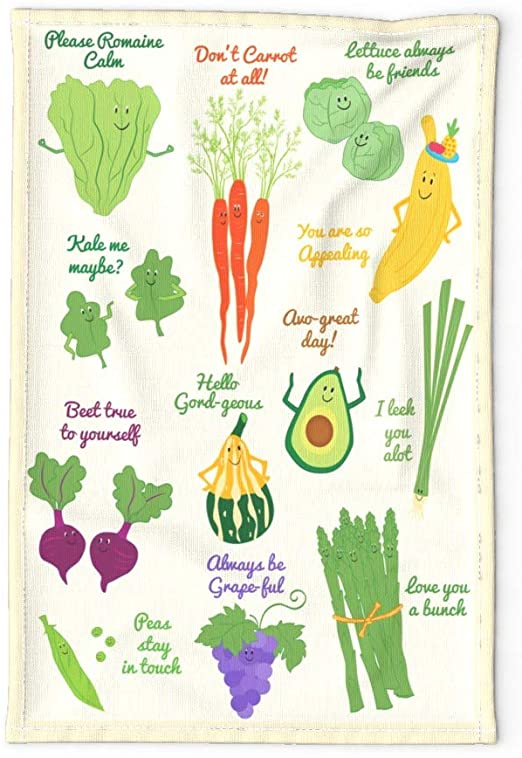Gardening in Charleston- How to Plant a Fall Garden

Many new gardeners mourn the end of summer, thinking it also spells the end of garden-to-table meals. But homegrown goodness can stretch far beyond back-to-school time if you plant a fall garden full of vegetables.
Planting fall crops in your garden lets you continue growing fresh, healthy food at home—plus, there are so many interesting cool-weather choices to try, from crisp, leafy lettuce to alien-looking purple kohlrabi and crinkly Chinese Napa cabbage. While you might miss the sweet peppers of summer, fall veggies offer unique, healthy, flavorful ingredients for your autumn comfort-food recipes. Plus, fall gardens offer many benefits:
Cooler temps mean you’ll have to water less often—and you’ll sweat less out in the garden, too!
Many cool weather veggies and herbs, like lettuce, arugula, and parsley, tolerate—and even appreciate—some shade. (Check the plant tag—it will tell you how much light it needs.) So if you missed out on growing sun-loving tomatoes, peppers, and eggplants, you’re in luck.
Fall offers a respite from many garden pests, though you’ll still want to keep an eye out for interlopers like cabbage worms, which love feasting on leafy greens like collards and (of course) cabbage. If you see one (check the undersides of the leaves), pick it off and drop it in some soapy water.
While summer’s heat makes arugula bitter and lettuce bolt, frost actually sweetens the flavor of many cool-season crops, like Brussels sprouts and kale.
What to Plant in a Fall Garden (and When to Plant It)
As with any garden, think about what you typically buy at the grocery store or farmers market, then try growing it at home. To ensure you get to harvest tender crops before a hard freeze, check your area’s expected first frost date. Once you know that, you can plan when to plant based on each plant’s “days to maturity,” which can be found on the plant tag, on this website (click on the “Vegetables” or “Herbs” tab at the top of the page), or on the Homegrown with Bonnie Plants app.
That’s just one of the many great reasons to grow Bonnie Plants®: You save valuable growing time by planting hearty vegetable and herb plants that are already well on their way to maturity. That way, you can quickly transition from your summer garden to fall crops without waiting for seedlings to mature.
Use this planting reference to figure out what to plant when:
10-12 weeks before first frost:
Broccoli
Brussels sproutsCabbage
Cauliflower
Carrots
Celery
Fennel
Kohlrabi
Onion
Parsley
8-10 weeks before first frost:
Arugula
Chinese cabbage
Collards
Kale
Lettuce
Mustard greens
Spinach
Swiss chard
Turnip greens
6-8 weeks before first frost:
Beets
Lettuce (if protected with a row cover)
Mache
Radishes
Fall is also a great time to plant perennial vegetables and fruits (the kinds that come back year after year) like asparagus and strawberries. While you won’t get to harvest until spring (and not until the second spring for asparagus), the cooler fall temperatures give the plants a chance to become well established. Also, planting perennial herbs like mint, thyme, oregano, sage, chives, lemon balm, lavender, and rosemary in the cooler fall weather allows the plants to develop a good root system and avoid heat stress while becoming established. (Be sure to click on the links above to find out if these plants are perennial in your zone.)https://bonnieplants.com/gardening/how-to-plant-a-fall-garden/






